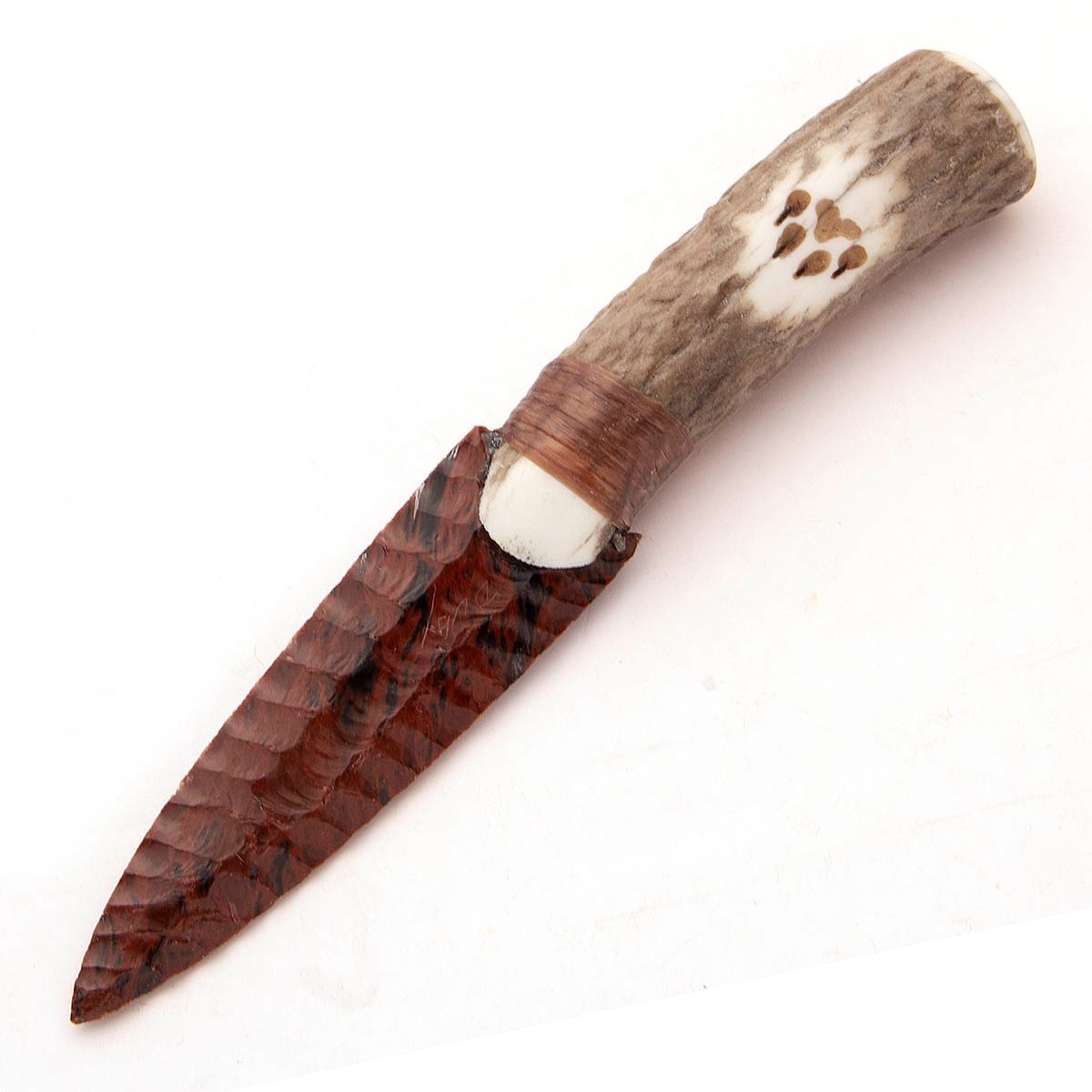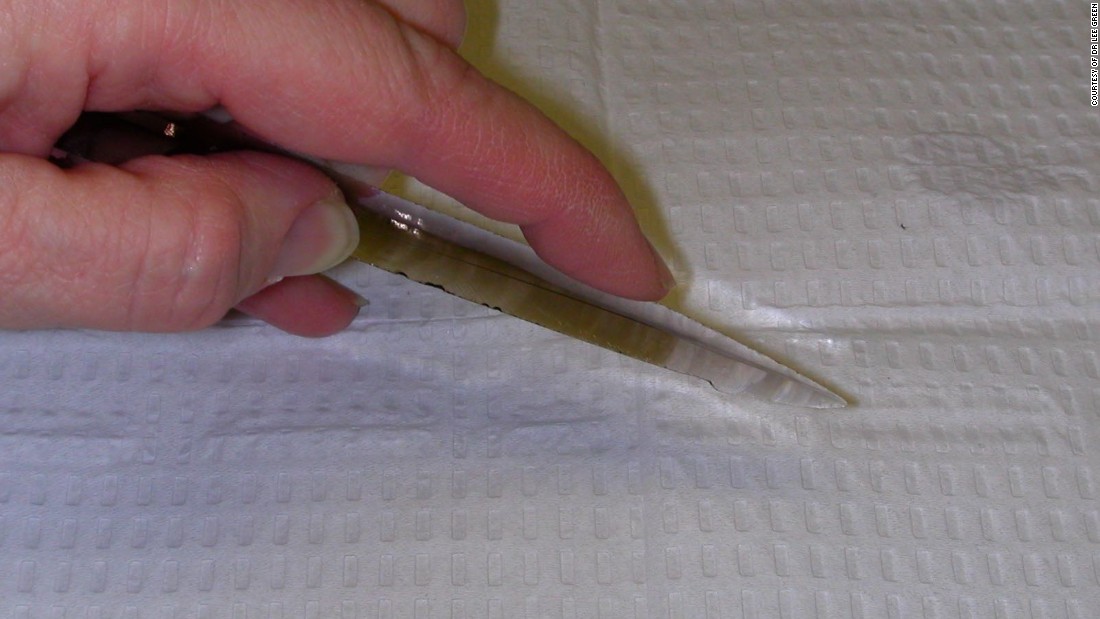

But this is not exactly recommended for people with no previous experience in flintknapping because of the sharp edges of the obsidian stone. There are online resources on this dying art form. This is not to say that you can’t flint knap yourself. Curiously, obsidian blades are more commonly hand-made by people instead of in factories, which makes the blades even more impressive and costly. Using an antler baton or billet, the flintknapper can perform fine work on the rock or fragment it into a smaller shard until it reaches the desired shape. In flintknapping, one has to strike a piece of the obsidian rock so that it would break into sharp flakes. It’s the same method employed by our ancestors in making spears, dart points, knives, arrowheads, gravers, and many other prehistoric tools. Flintknapping is described as the technique of making flaked or chipped tools made of stone. Don’t let the name fool you, as the technique itself goes back to prehistoric times. Obsidian blades are made through a technique called flintknapping. Now that we know what an Obsidian is, let’s take a closer look at how obsidian blades are manufactured. It is widely believed that obsidian was highly valued during the Stone Age since it can be used in producing sharp blades, spear points, scrapers, and knives, among others.
#Obsidian scalpel blade how to
Eventually, man learned how to skillfully break it to produce cutting tools in various shapes and sizes. Geologists theorize that the rock was first used as a cutting tool.

In the U.S., high deposits of the stone can be found in states like Arizona, Texas, Utah, New Mexico, and Colorado. These include countries like Argentina, Australia, Canada, Chile, El Salvador, Greece, Iceland, Italy, Kenya, Japan, Mexico, New Zealand, and the United States, among others. Obsidian is widely found in areas where rhyolitic eruptions occurred. This is the same material used in creating the obsidian blade. In terms of hardness, it is slightly harder than window glass. It is extremely rich in silica and has a glassy luster. The rock may also be rarely seen in colors like red, orange, yellow, or blue caused mainly by trace elements. The obsidian rock typically has a black color, but it can also be found in other colors like green, tan, or brown. It may also be due to the lava cooling during sudden exposure with air or water, as well as due to it cooling along the edges of a dike. The formation of the said stone begins when the felsic lava cools quickly at the edges of a volcanic dome. Obsidian is produced from felsic lava that originated from a volcano. And one of those descriptions by Pliny the Elder was that the stone is dark, hard, and glass-like. The said book also contains a few sentences describing the stone discovered by Obsius in the African country. According to the book “Natural History” by Pliny the Elder, it was Obsius who first found the stone when he was in Ethiopia. The name comes from the Latin word “Obsidianus” which is means the stone of Obsius, a Roman explorer. Obsidian is actually a volcanic glass that’s formed into an igneous rock. Let’s just say that owning an obsidian blade can make you a legend of sorts in your circle. Moreover, it’s hard to find a cheap obsidian blade in the market, given the degree of difficulty in making them. Obsidian blades are reputed to be the sharpest knife in the world, which makes it all the more intriguing. 92: 884, 1993.Wonder what’s an obsidian blade and what can you do with it? Where can you find an obsidian blade? These questions and more are answered in this article. A blinded histologic review suggested that obsidian wounds contained fewer inflammatory cells and less granulation tissue at 7 days. At 42 days, all wounds were barely detectable, thus precluding scar width analysis. At 21 days, scar width was not different in the two groups. Scar width, however, was significantly less in the obsidian wounds at 7, 10, and 14 days ( p < 0.005). Tensile strength of the two wound types was not different at 7, 14, 21, and 42 days.
#Obsidian scalpel blade skin
Each rat received two parallel 8-cm dorsal skin incisions, one with an obsidian scalpel and the other with a surgical steel scalpel (no. In order to determine if skin incisions made with obsidian were superior to those made with standard surgical steel, wound tensile strength, scar width, and histology were assessed in 40 adult male Sprague-Dawley rats.


There are several anecdotal clinical articles claiming wound healing and scar superiority using obsidian (volcanic glass) scalpels.


 0 kommentar(er)
0 kommentar(er)
